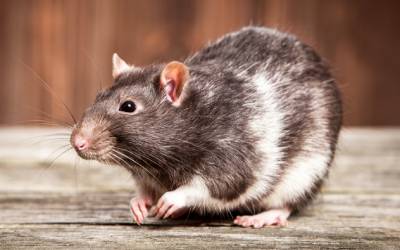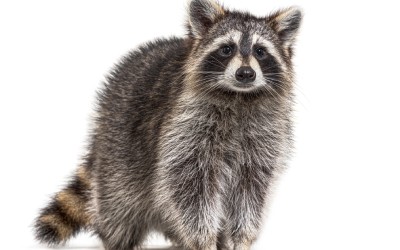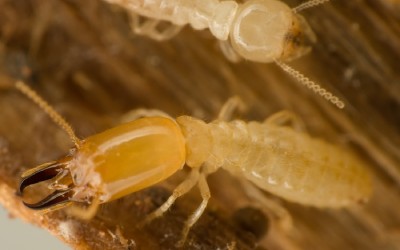You should know by now the signs of a rodent infestation in the home. It could be that you find droppings, small and large, hidden in the corners of quiet areas or behind where you keep your food. Or maybe you notice scratching in the walls or above your head in the attic. Whatever the case, if you’re here you probably know that you can call the team at McNeely Pest Control to clear a rodent infestation in homes across the Northwest and Piedmont area. But if rats or mice got their way into the more vulnerable parts of your home, such as your insulation, you may be looking at a much more severe and costly problem.
How Rats Use Insulation
Mice and rats get inside our homes because they’re looking for something to eat and a place to make a nest. And for certain families, the insulation inside our homes provides a great source of both. Insulation is usually soft and warm. Because of this it’s very easy for rodents to tunnel through the material, or to bite it for food or to tear for their nest. So while it’s possible to clear a home of a rodent infestation, the damage they leave to your insulation is something that may far outlive their presence.
Can I Repair Damaged Insulation?
The unfortunate news is that you cannot repair insulation that has been damaged by rodent infestations. The only way to remedy the situation is to remove the existing insulation and reapply it. This is something that needs to be done by a professional contractor. We say this because rodent droppings may contain traces of Hantavirus, which can be potentially-life threatening. A home services expert will have the gear and experience to work with the leavings without spreading any toxins into the air.
As for your new insulation, there isn’t a material that’s been proven to be entirely rodent-resistant. We know that rats and mice are particularly drawn to fiberglass, but they’ll nest in nearly anything if given the chance. If that’s the case, what can you do to keep rodents out for good?
Rodent Exclusion Through McNeely Pest Control
Wildlife exclusion is a new method to get rid of pests before they even get inside. As you read this there may be parts of your home that are vulnerable to rats and mice. Luckily, there’s action you can take before you’re faced with an infestation. We can send a technician to your property, where they will inspect the area and pinpoint the exact places where pests can get in. They’ll cover these imperfections and leave your home safer and your mind at ease. That’s just what we do at McNeely Pest Control. To get started, contact us today!




